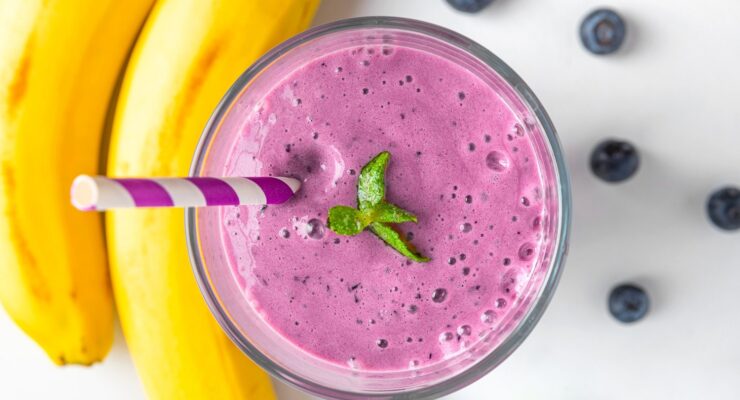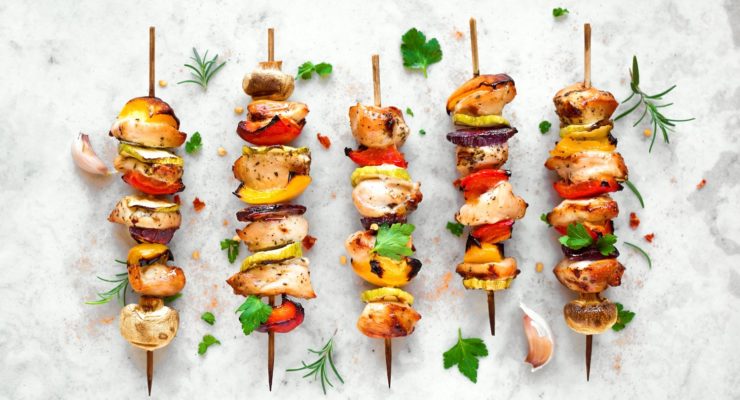5 Fish to Add to Your Grocery List this Week
Article posted in: Diet & Nutrition
Give a man a fish, he’ll eat for a day. But did you know he’ll enjoy some major health benefits, too? That’s right: Certain types of fish are so nutrient-packed, the American Heart Association recommends that we eat them twice a week.
So what’s so great about fish? Enter omega-3s. Omega-3 is the nutrient that gives fish their super powers. Omega-3 fatty acids are unsaturated fats that may reduce the risk of heart disease. And experts contend that eating just two, four-ounce servings per week can help your heart reap some serious benefits.
And don’t worry: This fat doesn’t make you fat. It’s the good fat. In fact, animal studies have shown these little super nutrients may help reduce body fat without cutting calories. Good for your waistline. Good for your heart. Does it get any better than that?
Actually, it does: Studies have also shown that omega-3s can improve memory, lower triglycerides, reduce the risk of blood clots, lower blood pressure and reduce inflammation.
So now you know why you should be eating fish. But do you know which fish is the best catch? Here are five nutrient-packed fish to add to your grocery list:
Salmon
The go-to fatty fish. Mild and versatile, this fish is easily found in stores and on restaurant menus. Fresh or canned, wild or farmed, salmon is a healthy, fatty, iron-rich fish. It is one of the few food sources of vitamin D, too. Buying salmon in a can makes it an affordable option. Choose salmon canned in water and mix it with a small amount of plain yogurt, veggies and herbs for a delicious salmon salad. A two ounce portion of salmon canned in water counts as one Powerfuel on the Nutrisystem program.
Albacore Tuna
Albacore tuna is easily found in the can and is another affordable fatty fish option. Be sure to choose albacore packed in water to avoid empty calories. A complete protein high in omega-3s makes for the perfect meal choice, keeping you full and satisfied. When buying canned tuna, look for sodium-free. Not sure what to do with tuna? Let us help you! Check out this recipe for a Tasty Tuna Salad Wrap using the Nutrisystem Classic Tuna Salad. One half cup of albacore tuna counts as one PowerFuel.
Sardines
Pickled, smoked and canned. Sardines aren’t the most popular fatty fish on the menu but maybe they should be. They are a nutritional powerhouse swimming with omega-3s, protein and flavor. They’re a great source of B12, too. Prepare it grilled, broiled or occasionally smoked, and avoid frying. Toss up a sardine salad with white beans for a refreshing meal. Three ounces of sardines count as one Powerfuel.
Trout
Unlimited ways to prepare trout make it an easy meal prep option. Popular baked and on the grill, trout pairs well with bolder flavors. Blackening spices or jerk seasoning will add new flavor. Three ounces of trout will provide just 126 calories while scoring 17 grams of protein. And don’t forget, this fatty fish is high in those heart-healthy, waist-pinching, memory boosting omega-3s.
White Fish
Often called lean fish, white fish tends to have mild flavors and soft flaky textures. You may not be getting all the omega-3 the fatty fish are delivering, but substituting this fish as your lean protein once or twice a week will add some variety and additional nutrition to your plate. Plus, white fish is a good choice for those who find oily fishes too… well, fishy. Reach for grouper, cod, halibut, rockfish, flounder, red snapper or sea bass for a milder flavor. These fish pair well with mild spices and sauces made with herbs or citrus blends. Three ounces of baked or broiled white fish counts as one PowerFuel on the Nutrisystem program.
Fish to Ditch
The FDA recommends eating fish low in mercury. Avoid tilefish, shark, swordfish and king mackerel. Keep it healthy by broiling, baking or grilling your fish. Avoid breading and frying for unwanted calories and fats.
Now what are you waiting for? Go fish!
*All nutritional information taken from the USDA’s Food Composition Database on 9/9/2016.









